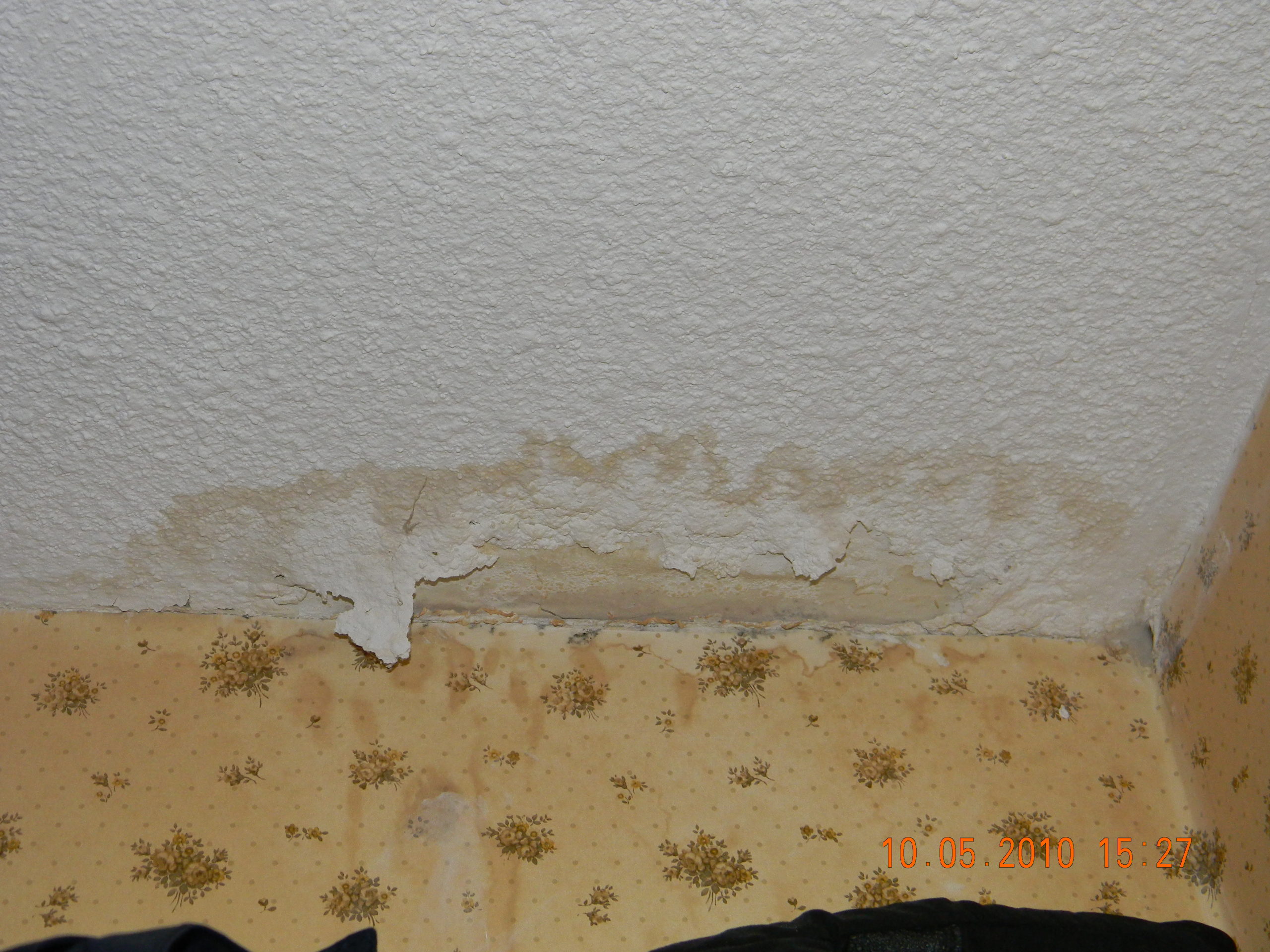Do's & Don'ts of Water Damages.
Do's & Don'ts of Water Damages.
Blog Article
They are making a number of great annotation on Ways to Reduce The Risk Of Fire And Water Damage overall in the article which follows.

Water provides life, but water breach on some components where it's not supposed to be can result in damages and inconvenience. In enhancement, houses with water damage scent musty as well as old.
Water can originate from many resources like typhoons, floodings, ruptured pipelines, leaks, and sewage system concerns. If you have water damages, it's better to have a working knowledge of safety and security preventative measures. Below are a few guidelines on just how to manage water damage.
Do Prioritize Home Insurance Policy Insurance Coverage
Seasonal water damages can originate from floodings, seasonal rains, and also wind. There is additionally an incident of an abrupt flood, whether it originated from a malfunctioning pipeline that unexpectedly breaks right into your house. To secure your residence, obtain home insurance policy that covers both disasters such as natural catastrophes, as well as emergencies like busted plumbing.
Do Not Neglect to Shut Off Utilities
When disaster strikes as well as you're in a flood-prone location, switch off the primary electrical circuit. Shutting off the power prevents
electrical shocks when water can be found in as water serves as a conductor. Do not fail to remember to shut off the major water line valve as a method to prevent even more damage.
Maintain your furniture stable as they can relocate around as well as cause extra damage if the floodwaters are getting high.
Do Stay Proactive and Heed Weather Alerts
If you live in a location pestered by floodings, stay prepared and also positive at all times. Listen to the information as well as emptying cautions if you live near a body of water like a creek, river, or lake.
Do Not Overlook the Roof
Your roofing professional ought to take treatment of the malfunctioning gutters or any kind of other indications of damage or weakening. An examination will protect against water from streaming down your wall surfaces as well as soaking your ceiling.
Do Take Note Of Small Leakages
There are red flags that can draw your attention and also show to you some damaged pipelines in your home. Signs of red flags in your pipelines consist of gurgling paint, peeling wallpaper, water streaks, water spots, or dripping sounds behind the wall surfaces. Repair work and inspect your plumbing repaired prior to it results in substantial damages to your home, financial resources, and an individual headache.
Don't Panic in Case of a Burst Pipe
Maintaining your clearheadedness is important in a time of dilemma. Due to the fact that it will certainly stifle you from acting quickly, stressing will only intensify the trouble. Panic will likewise provide you added stress. When it comes to water damages, timing is vital. The longer you wait, the more damages you can expect as well as the worst the results can be. Promptly shut off your major water valve to reduce off the source as well as prevent more damages if a pipe ruptureds in your home. Disconnect all electrical outlets in the location or turn off the circuit breaker for that part of the house. Lastly, call a reliable water damage reconstruction specialist for help.
Water offers life, but water invasion on some components where it's not supposed to be can result in damages and also hassle. In enhancement, residences with water damages scent moldy and old.
Seasonal water damages can come from floods, seasonal rains, and wind. Indicators of red flags in your pipes include gurgling paint, peeling wallpaper, water touches, water stains, or leaking audios behind the walls. If a pipeline bursts in your home, right away closed off your primary water shutoff to reduce off the resource and also stop even more damages.
Some Do's & Don't When Dealing with a Water Damage
DO:
Make sure the water source has been eliminated. Contact a plumber if needed. Turn off circuit breakers supplying electricity to wet areas and unplug any electronics that are on wet carpet or surfaces Remove small furniture items Remove as much excess water as possible by mopping or blotting; Use WHITE towels to blot wet carpeting Wipe water from wooden furniture after removing anything on it Remove and prop up wet upholstery cushions for even drying (check for any bleeding) Pin up curtains or furniture skirts if needed Place aluminum foil, saucers or wood blocks between furniture legs and wet carpet Turn on air conditioning for maximum drying in winter and open windows in the summer Open any drawers and cabinets affected for complete drying but do not force them open Remove any valuable art objects or paintings to a safe, dry place Open any suitcases or luggage that may have been affected to dry, preferably in sunlight Hang any fur or leather goods to dry at room temperature Punch small holes in sagging ceilings to relieve trapped water (don't forget to place pans beneath!); however, if the ceiling is sagging extremely low, stay out of the room and we'll take care of it DO NOT:
Leave wet fabrics in place; dry them as soon as possible Leave books, magazines or any other colored items on wet carpets or floor Use your household vacuum to remove water Use TV's or other electronics/appliances while standing on wet carpets or floors; especially not on wet concrete floors Turn on ceiling fixtures if the ceiling is wet Turn your heat up, unless instructed otherwise

I recently found that article on 5 Home Safety Tips To Reduce The Risk Of Fire And Water Damage when surfing around the internet. So long as you enjoyed reading our page kindly make sure you remember to pass it around. Thanks for taking the time to read it.
Report this page